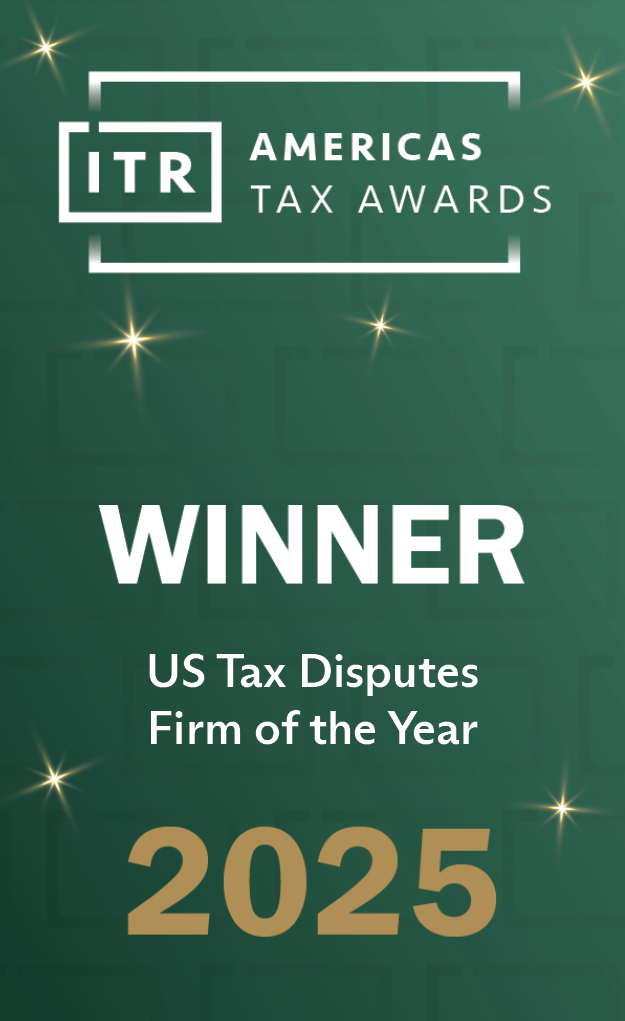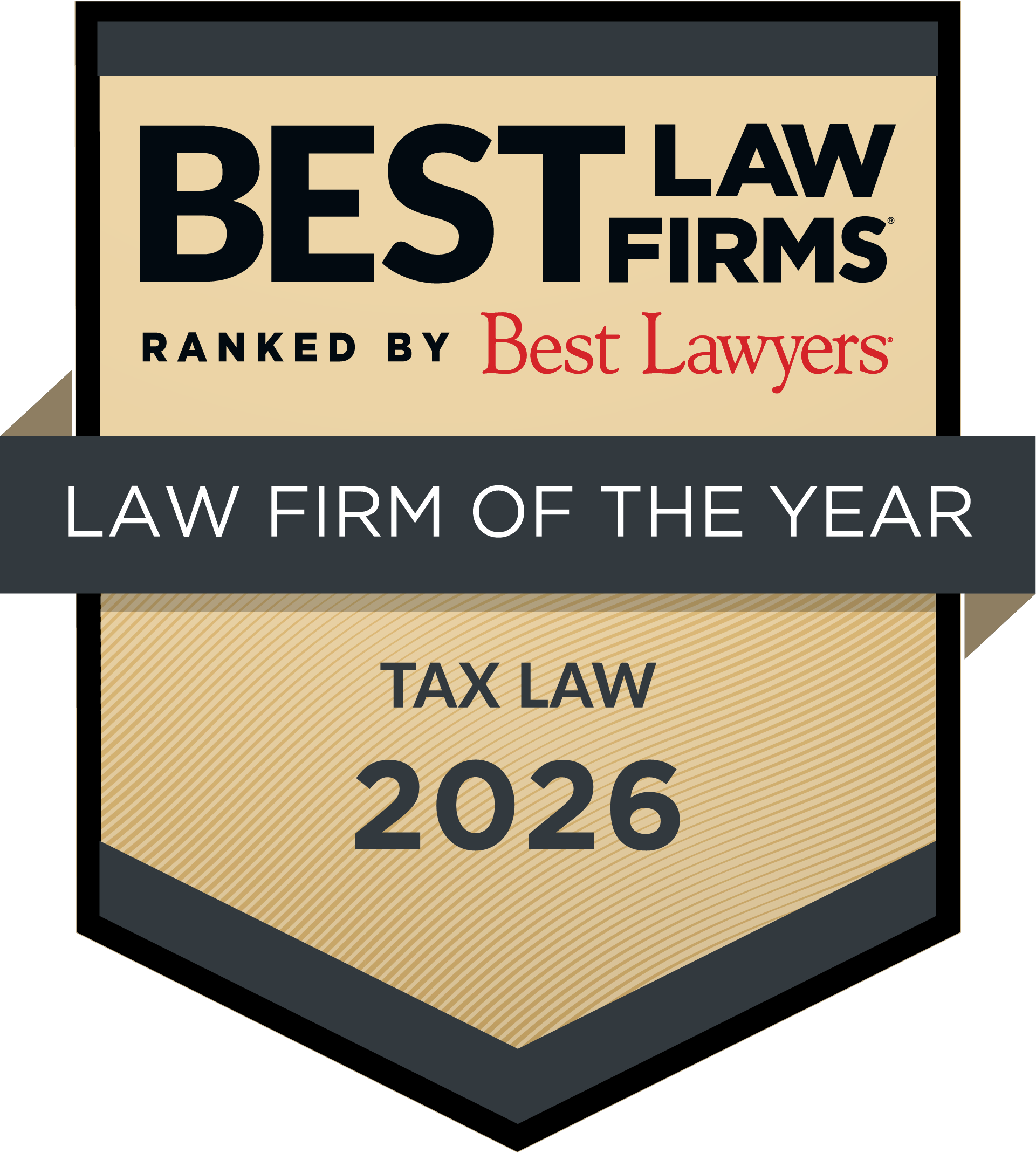In Altera Corp. v. Commissioner, 145 T.C. No. 3 (July 27, 2015), the Tax Court, in a unanimous reviewed opinion, held that regulations under Section 482 requiring parties to a qualified cost-sharing agreement (QCSA) to include stock-based compensation costs in the cost pool to comply with the arm’s-length standard were procedurally invalid because the US Deparment of Treasury and the Internal Revenue Service (IRS) did not engage in the “reasoned decisionmaking” required by the Administrative Procedures Act and the cases interpreting it. For a discussion of the Tax Court’s Altera opinion, see our prior On the Subject. The Commissioner of Internal Revenue (Commissioner) appealed this holding to the Ninth Circuit Court of Appeals; he filed his opening brief on June 27, 2016.
According to the Commissioner, the Tax Court’s holding was based on several related errors: (1) the Tax Court mistakenly concluded that promulgation of the QCSA regs required the IRS to engage in an “essentially empirical” analysis; (2) this led the court to apply the wrong standard; (3) in its analysis, the court relied heavily on its holding in Xilinx, Inc. v. Commissioner, 125 T.C. 37 (2005), that analysis of QCSAs must comport with the arm’s-length standard, meaning that a taxpayer can defend a QCSA by reference to comparable behavior between unrelated parties; and (4) the Tax Court failed to take into account that the finalization of the new QCSA regulations worked a “change in the legal landscape,” which should have altered the court’s analysis of the new regulations’ validity. Moreover, “the coordinating amendments [to the existing QCSA regulations] supersede [the Ninth Circuit’s] understanding of the arm’s-length standard as reflected in its own Xilinx opinion.”
The Commissioner’s arguments on brief are very specific to the context of Reg. §§ 1.482-1(b)(1) and 1.482-7. The Commissioner claims that the addition of the “commensurate with income” requirement to Section 482 supplanted the arm’s-length standard that had governed Section 482 since its predecessor had been enacted – at least with respect to transactions involving intangibles. This argument is based on excerpts from the legislative history of the enactment of the commensurate with income standard. It permits Treasury and the IRS to interpret Section 482 in a way that ignores evidence of arm’s-length behavior between unrelated parties. That being the case, Treasury and the IRS were not required to engage in fact-finding when it issued the new regulations; it had only to meet a much lower standard to satisfy the “reasoned decisionmaking” standard.
Because of the specificity of the Commissioner’s arguments, they are not likely to have any direct application to cases involving the validity of other regulations.
That being said, the general principles underlying the Commissioner’s arguments are cause for some concern in any case where the validity of a regulation is challenged. The overall argument evinces a proposition that Treasury and the IRS have virtually unlimited authority to issue regulations and to interpret the Internal Revenue Code as they see fit, perhaps with the limitation that they must be able to point to some underlying “congressional purpose.” According to the Commissioner’s brief, “An agency’s determination and implementation of legislative intent is the epitome of reasoned decisionmaking, … .” This assertion of almost unlimited authority, which has been advanced in the past (for example, in support of the validity of the six-year limitations period regulations at issue in Home Concrete), is likely to be advanced in any case where a taxpayer challenges a regulation. In arguing that Treasury and the IRS’s required analysis in issuing the QCSA regs was not “empirical” (as the Tax Court had held), the Commissioner notes that this “is the case with the overwhelming majority of tax regulations.” Thus, it appears, the Commissioner may argue that a lesser standard applies to “the overwhelming majority of tax regulations.”
An additional general concern relates to the repetition of the argument – rejected, to some extent, in Home Concrete – that Treasury and the IRS have broad authority to overrule the courts by issuing regulations. This emerges in Altera in the Commissioner’s assertion that the “coordinating amendments” – provisions in the final regulations that subordinate the arm’s-length standard in Section 482 and Reg. § 1.482-1(b)(1) to the QCSA requirements of Reg. § 1.482-7 – require the courts to ignore the arm’s-length standard in evaluating transactions involving intangible assets – like a QCSA. This leads to the seemingly circular assertion that “once the validity of the coordinating amendments is established, it follows that the validity of the SBC rule [of Reg. § 1.482-7] does not turn on an empirical analysis of whether unrelated parties in analogous situations have shared stock-based compensation costs; … .” Thus, the coordinating amendments justify the validity of the substantive QCSA regulation (again, as argued in the six-year limitations period cases).
Finally, the Commissioner argues that the QCSA rule is “entirely consistent with § 1.482-1(b)(1), the 1994 amendment of which provided that the arm’s-length result is generally determined by reference to comparable uncontrolled transactions.” (Original emphasis). Thus, it would seem, the use of “generally” permits the creation of regulatory exceptions to what otherwise appear to be rules of general application. It is worth note that Treasury and the IRS have made public statements that the proposed Section 367(d) regulations are not inconsistent with repeated statements in the legislative history of that section to the effect that Congress anticipates that transfers of good will and going concern value will not generally be taxable under Section 367. The Commissioner is obviously not reticent about advancing such an analysis in litigation.







